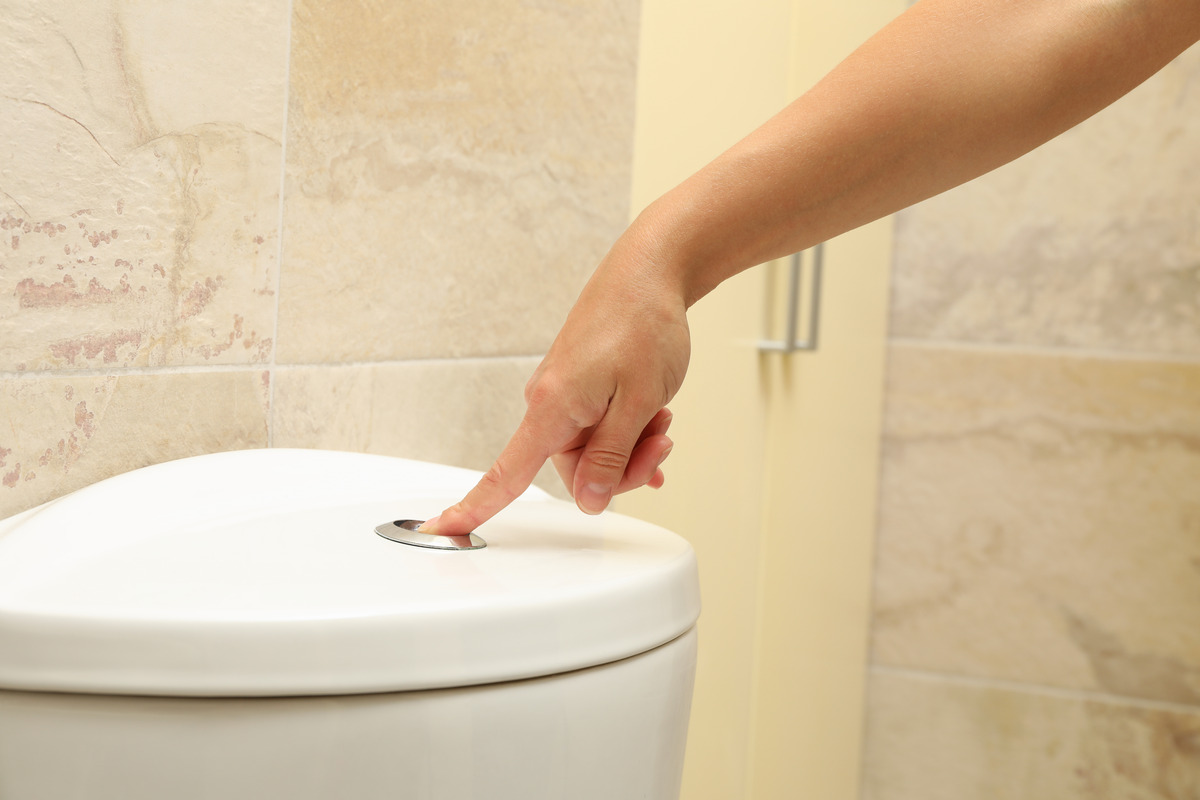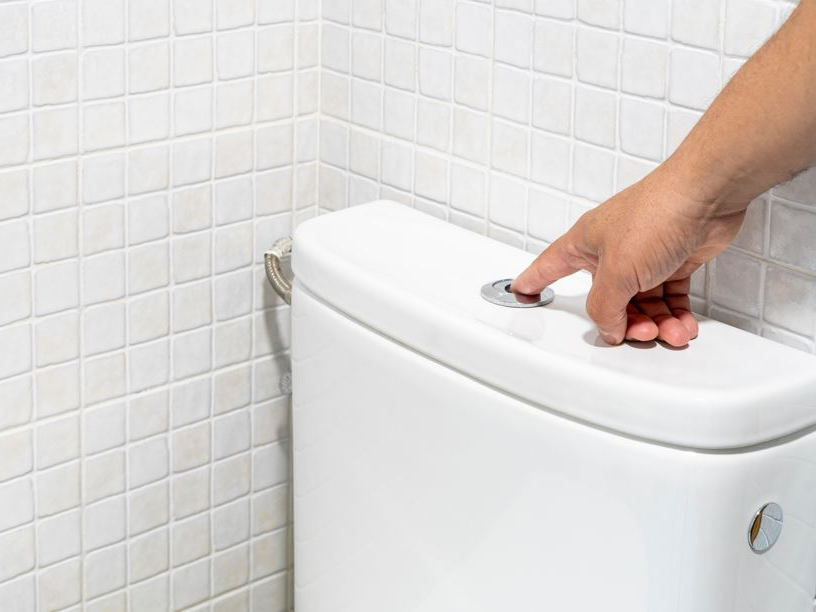In an era where sustainability and environmental consciousness are at the forefront of our daily lives, the need to adopt water-saving technologies has never been more critical. One such technology is the dual flush toilet retrofitting system. This innovation allows homeowners and businesses to maximize water efficiency in their restrooms without the need to replace existing toilet systems entirely.
Dual flush toilets are designed to offer two different flush optionstypically, a half flush for liquid waste and a full flush for solid waste. This mechanism not only conserves water but also contributes significantly to reducing water bills. For those in the Industry QA sector, understanding the nuances of dual flush toilet retrofitting is essential for recommending sustainable practices and ensuring compliance with environmental standards.

Why Consider Dual Flush Toilet Retrofitting?
Retrofitting existing toilets with a dual flush system is a cost-effective solution that offers numerous benefits. The primary advantage is water conservation. Traditional toilets use a significant amount of water per flush, whereas a dual flush system can reduce this by up to 67%. This not only helps in conserving water but also reduces the strain on water treatment facilities.
Additionally, retrofitting is relatively easy and can be done with minimal disruption. It involves installing a dual flush conversion kit, which is compatible with most toilet models. For businesses and homeowners looking to make eco-friendly upgrades, dual flush toilet retrofitting is an accessible and impactful choice.
The Environmental Impact of Dual Flush Toilets
Water conservation is a critical component of environmental sustainability. According to the Environmental Protection Agency (EPA), toilets account for nearly 30% of a household's water usage. By reducing the amount of water used per flush, dual flush toilets play a significant role in conserving this precious resource. This reduction in water usage not only helps preserve natural water sources but also decreases the energy required for water heating and treatment.
For the environmentally conscious, retrofitting toilets is a step towards a more sustainable future. It aligns with broader efforts to reduce the carbon footprint and promote responsible water use.
Retrofitting: A Cost-Effective Solution
One of the most appealing aspects of dual flush toilet retrofitting is its cost-effectiveness. Unlike replacing the entire toilet, retrofitting involves installing a conversion kit, which is considerably cheaper and faster. For businesses looking to implement sustainable practices without incurring high costs, this is an ideal solution.
Moreover, the long-term savings on water bills can offset the initial investment in retrofitting. By using less water per flush, businesses and households can see a noticeable reduction in their water bills, providing a financial incentive alongside the environmental benefits.
Installation and Maintenance Considerations
Installing a dual flush conversion kit is straightforward and can often be done without professional assistance. However, for those unfamiliar with plumbing, hiring a professional may be advisable to ensure the installation is done correctly and efficiently. Proper installation is crucial to avoid leaks or malfunctions that could negate the water-saving benefits.
Maintenance of a retrofitted dual flush toilet is similar to that of a traditional toilet. Regular checks and cleaning ensure the system functions optimally and provides maximum water savings. For those in the Industry QA sector, understanding these maintenance considerations is critical for advising clients and ensuring long-term performance.
Conclusion: Embracing Sustainability with Dual Flush Toilet Retrofitting
In conclusion, dual flush toilet retrofitting represents a smart and sustainable choice for both residential and commercial settings. By reducing water usage, this system supports broader environmental goals and offers a practical solution for those looking to conserve resources and reduce utility costs.
As awareness of environmental issues grows, the demand for water-saving technologies will continue to rise. For professionals in the Industry QA sector, understanding and promoting dual flush toilet retrofitting is essential to staying ahead in the field and contributing to a sustainable future.

FAQs
1. What is dual flush toilet retrofitting?
Dual flush toilet retrofitting involves installing a conversion kit on existing toilets to provide two flushing options, thereby saving water and reducing utility bills.
2. How much water can be saved with a dual flush toilet?
A dual flush toilet can save up to 67% of water per flush compared to traditional single-flush toilets.
3. Is professional installation required for retrofitting?
While professional installation is not required, it is recommended for those unfamiliar with plumbing to ensure proper installation and avoid potential issues.






